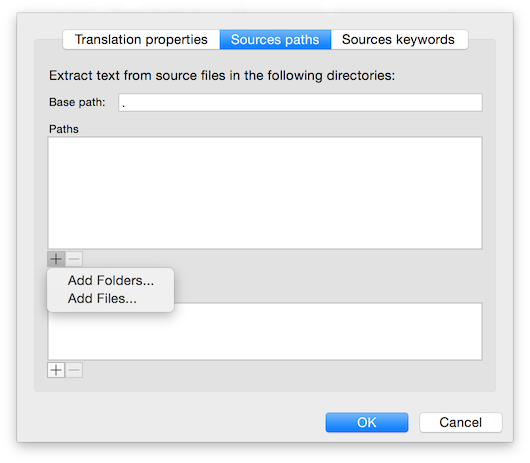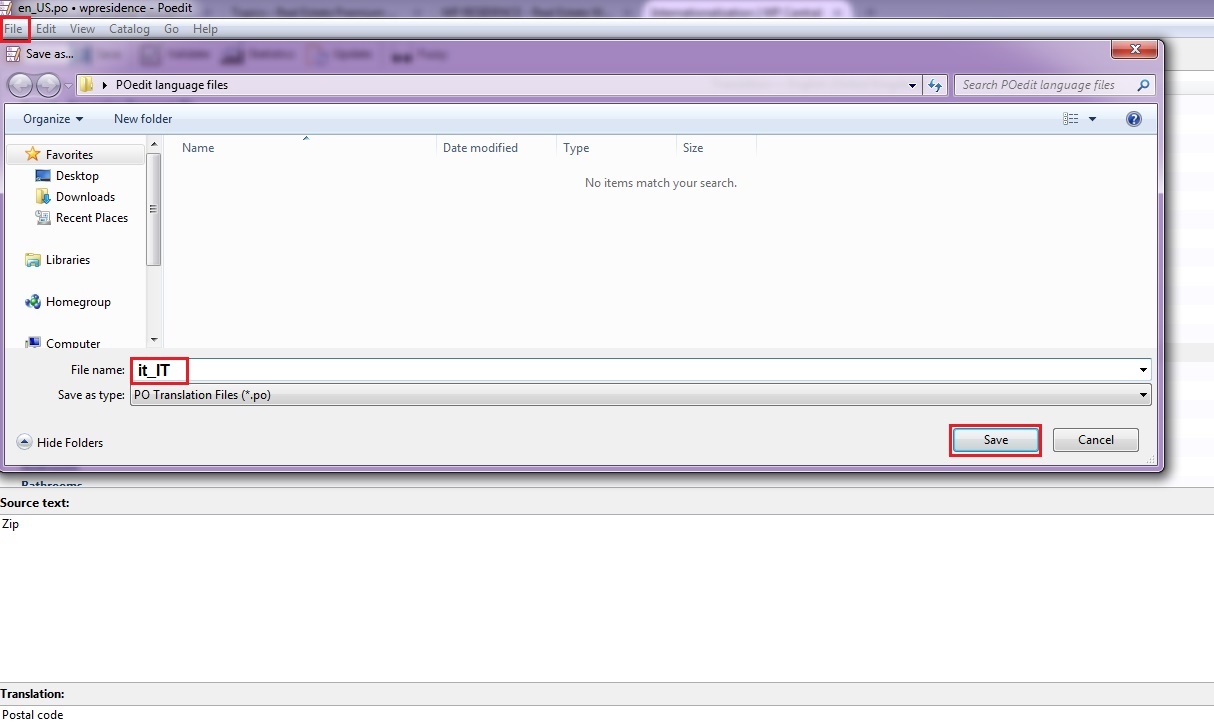
Let’s get right to it! An Introduction to WordPress Language Files Then, we’ll show you how to edit them manually, as well as alternative approaches to localization. In this article, we’ll go over the types of language files that WordPress uses. This ensures that any text they provide for your site is available in all the languages you require. It’s also crucial if you intend to translate the plugins and themes you use as well. Understanding how WordPress localization works and which files are involved in the process can come in handy when adding new languages to your site. However, regardless of which approach you choose, it pays to understand how to edit WordPress language files manually. You can do it manually, use a plugin or machine translation, or even hire a professional to do it for you. After examining it, rename it to the original file name ( ccpublisher.po).There are a lot of ways to translate a WordPress website. This will create a new file ( new_ccpublisher.po) containing the merged translations. For example, to use msgmerge for ccpublisher.po, you can use the following commands (Linux): $ cd resources/locale/en_US The GNU gettext tools include a command-line tool called msgmerge which may be used to merge two catalogs together. PoEdit will display the new strings it will add, as well as the obsolete strings it will remove. if you are updating ccpublisher.po, select ccpublisher.pot). pot file which cooresponds to the translation you have open (i.e.

Go to the Catalog menu and select Update from POT file. If you are using poEdit, you can use the Update from POT file. At those times it is necessary to update the translation (.po) files with the new strings and translations. Strings are sometimes added or removed from the application during development cycles. Once you have completed or updated a translation and tested it, you can submit it by emailing the cc-devel mailing list. mo file in the same time you pressing Save. Just use poEdit's File -> New catalog from POT file. The poEdit team reports it is a beta release and the 1.3.6 version is known to be broken, but some translators have had success using it for ccPublisher. Official releases are available from the poEdit web site for Windows and Linux.


It aims to provide more convenient approach to editing catalogs than launching Notepad (or vi) and editing the file by hand. It is built with wxWidgets toolkit and can run on any platform supported by it. PoEdit is an Open Source cross-platform gettext catalogs (.po files) editor. If you have questions about where to find the templates for a specific project, email the cc-devel mailing list. These are typically stored in Subversion in a template locale directory.

To begin translating a Creative Commons application, you will need the PO Template (.pot) file(s).


 0 kommentar(er)
0 kommentar(er)
